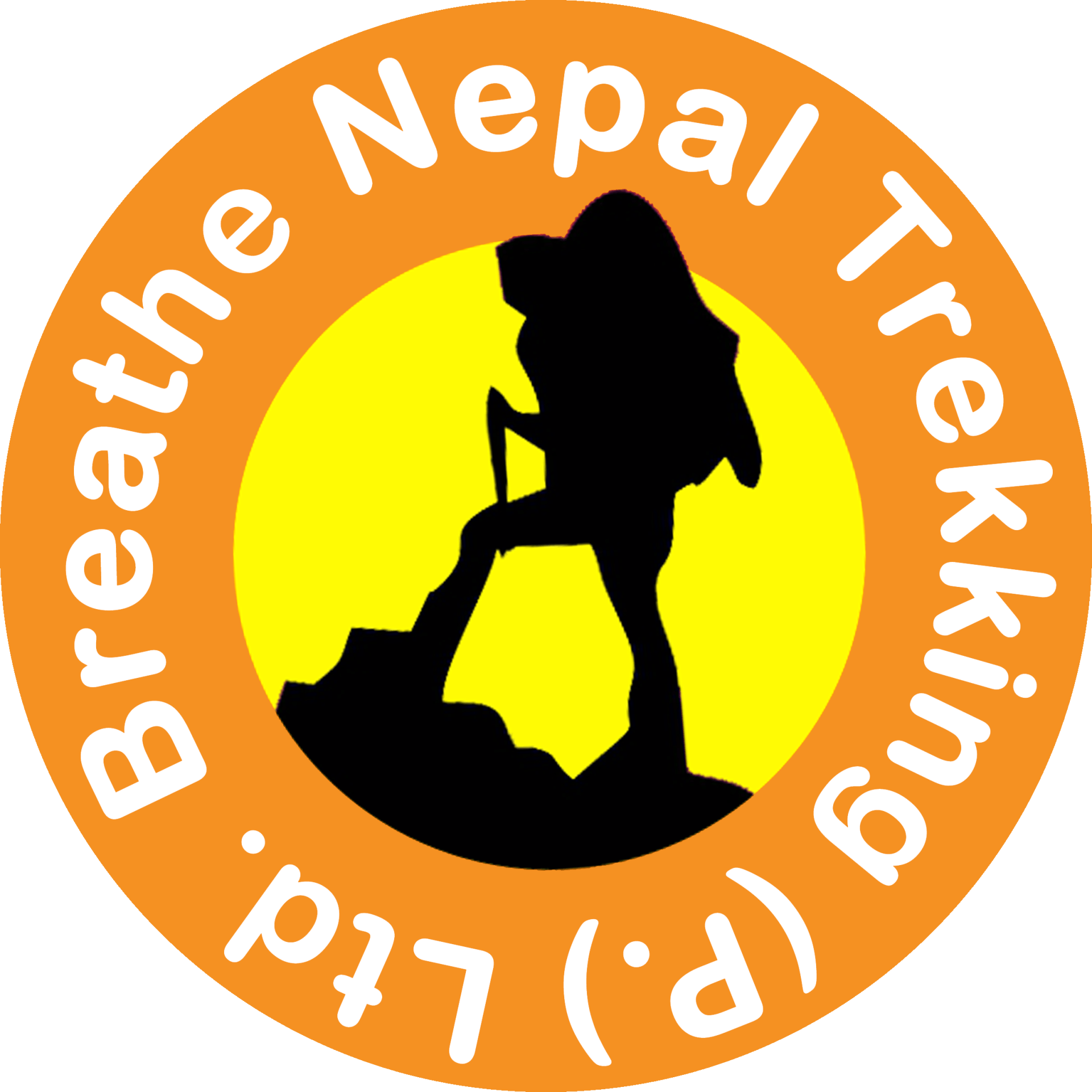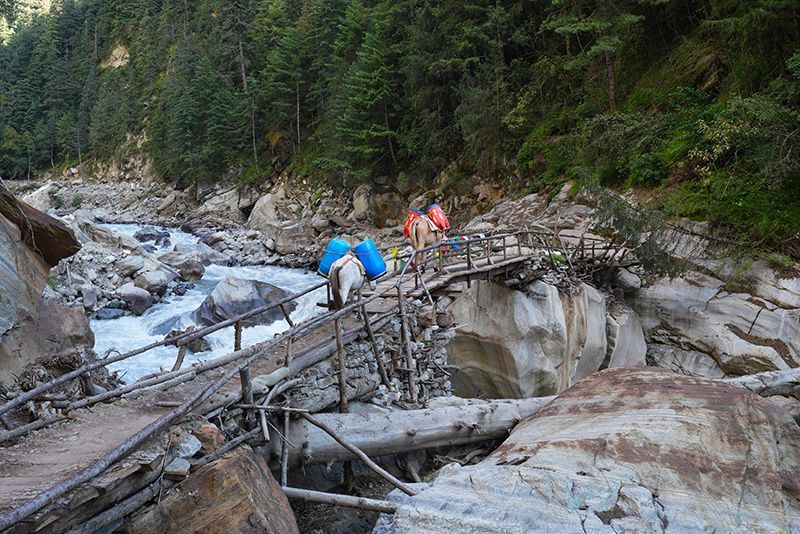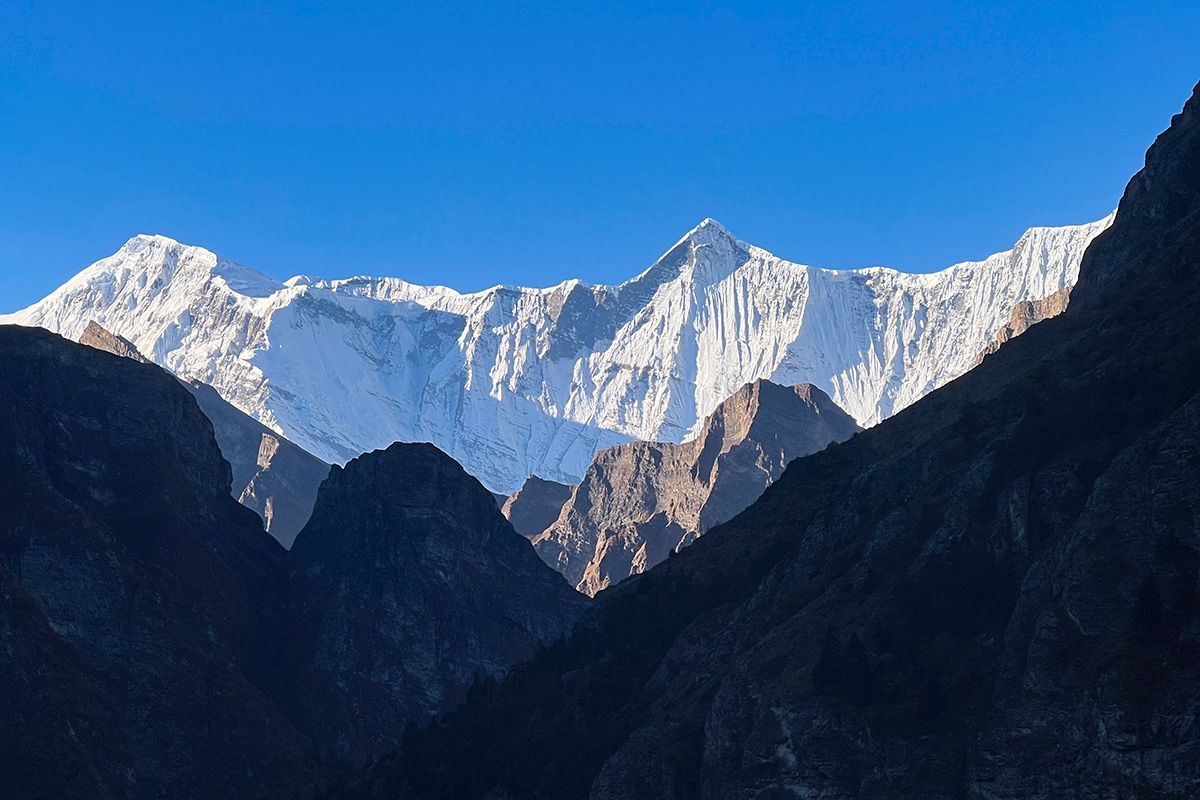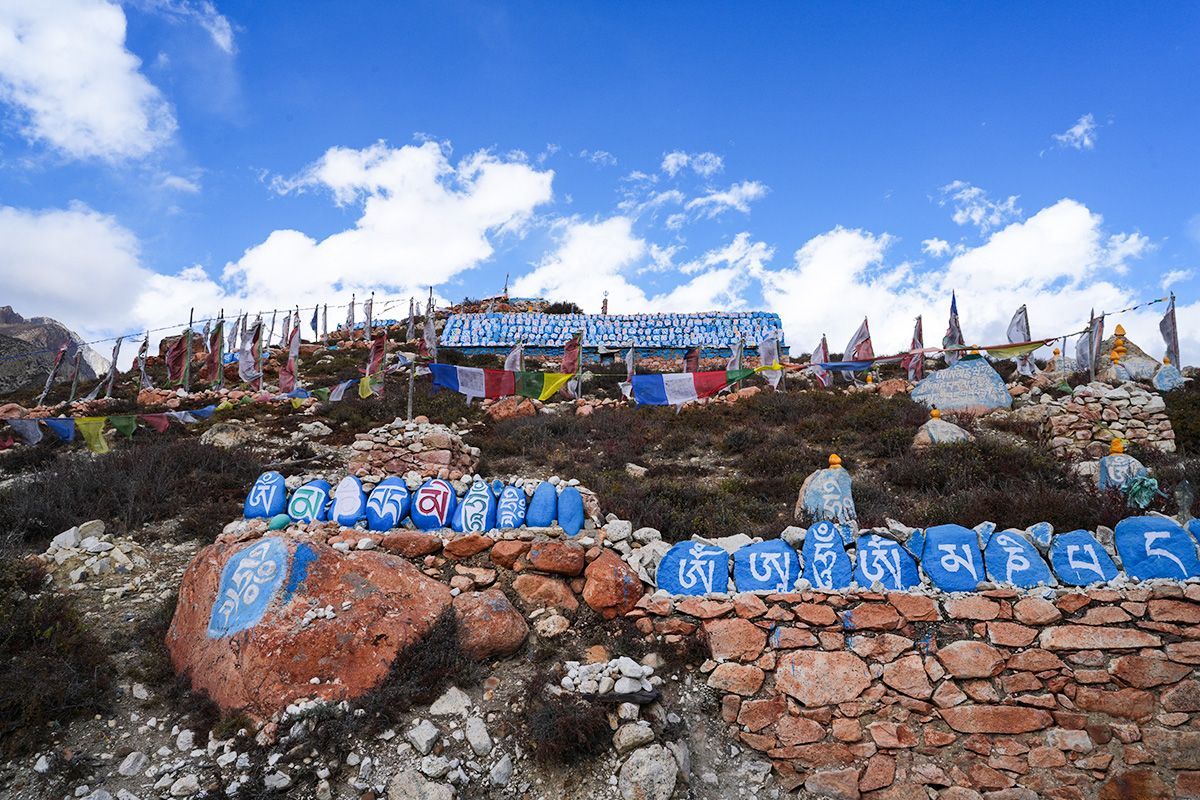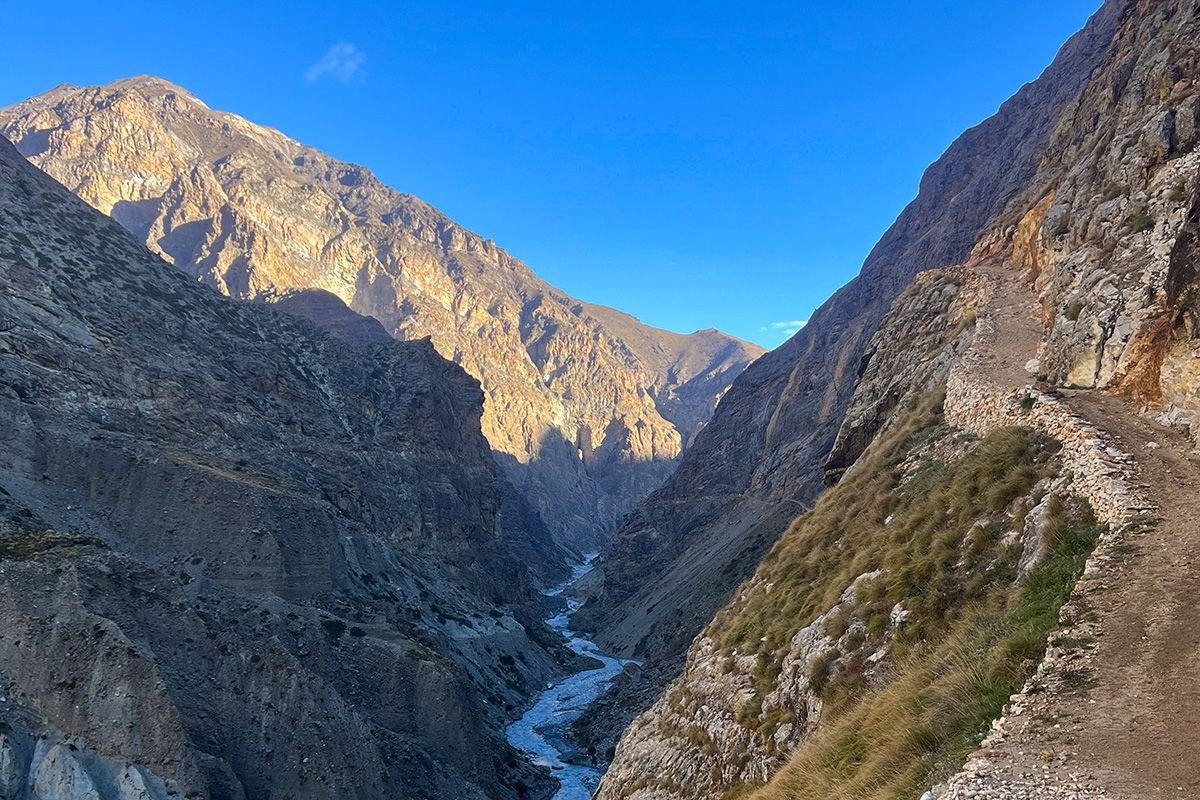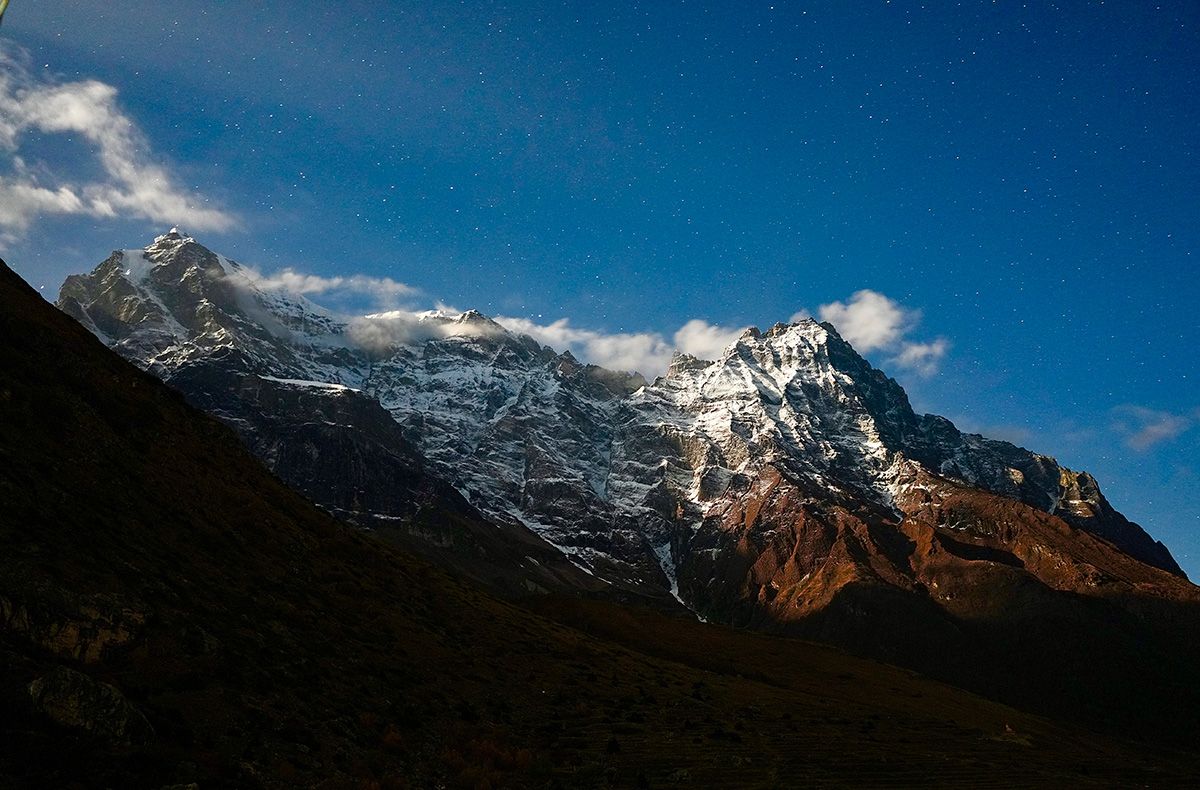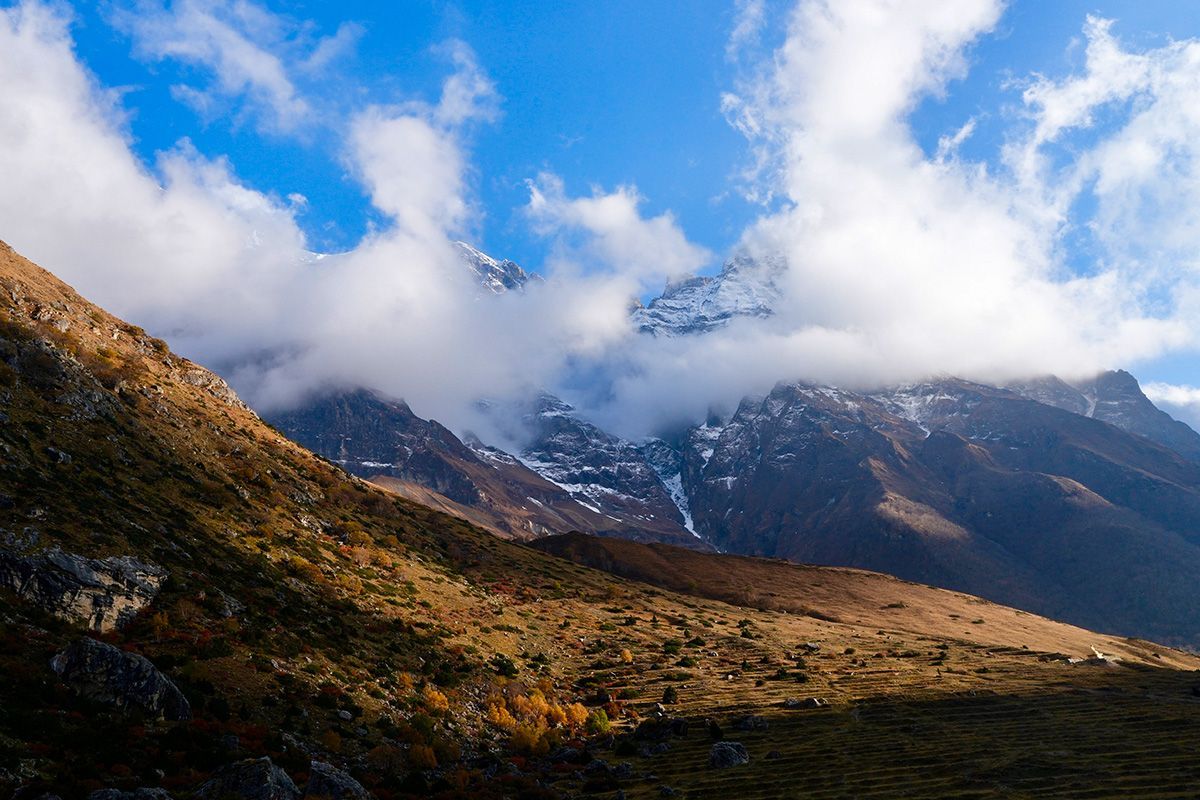Nar Phu Trek: A Hidden Gem in the Annapurna Region
March 4, 2025
Step Into a Timeless World
Nar Phu Trek: A Hidden Gem in the Annapurna Region is an extraordinary journey into Nepal’s remote highlands, offering trekkers an unparalleled cultural and natural experience. Hidden between the popular Annapurna and Manang regions, the trek leads to the ancient villages of Nar and Phu, where Tibetan-influenced traditions have remained untouched for centuries.
If you’re looking for a trek that combines authentic Himalayan culture, stunning landscapes, and off-the-beaten-path adventure, the Nar Phu Trek is the perfect choice.
A Trek Through History and Culture
Trekking through Nar and Phu is like stepping into a living museum of Himalayan history, where Tibetan culture thrives untouched by time. For over a thousand years, these remote villages have been home to yak herders, preserving their unique architecture, traditions, and way of life.
Stone-built houses, prayer flags, and ancient monasteries dot the rugged landscape, while locals continue their age-old practices of farming, herding, and Buddhist rituals. Walking through these villages offers a rare glimpse into an authentic Himalayan culture that remains deeply connected to its spiritual and natural surroundings.
Nar Village: A Highland Haven
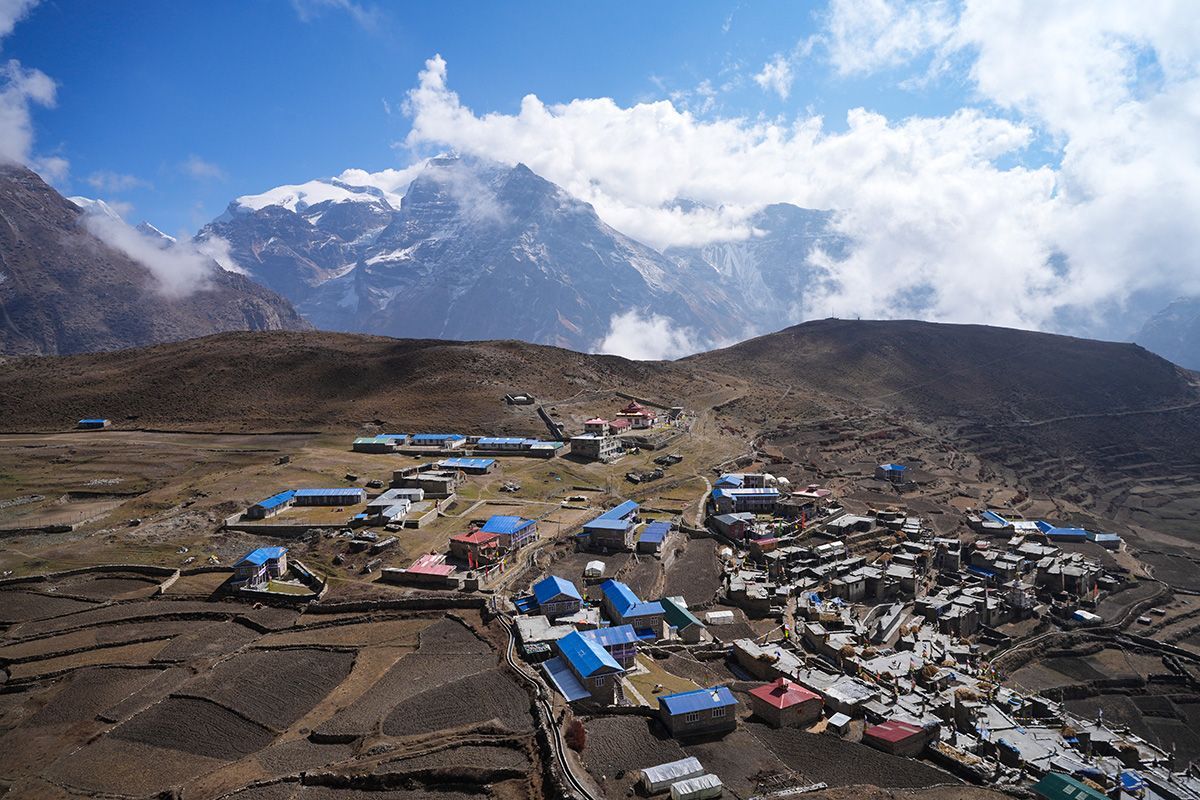
Located just above fertile farmland, Nar Village is the larger of the two settlements, surrounded by vast grazing lands ideal for yaks and sheep. Life here follows centuries-old traditions, with villagers relying on livestock and farming to sustain their remote mountain community.
The village’s three-story stone houses are built for resilience—the ground floor shelters livestock, the middle serves as living quarters, and the top stores hay and firewood for the harsh winters.
Nar is also home to ancient monasteries and small gumbas, where Buddhist rituals and daily prayers keep spiritual traditions alive. Trekking through the village offers a rare glimpse into a way of life untouched by modernity, deeply rooted in culture and the rhythms of the Himalayas.
Phu Village: A Valley Frozen in Time
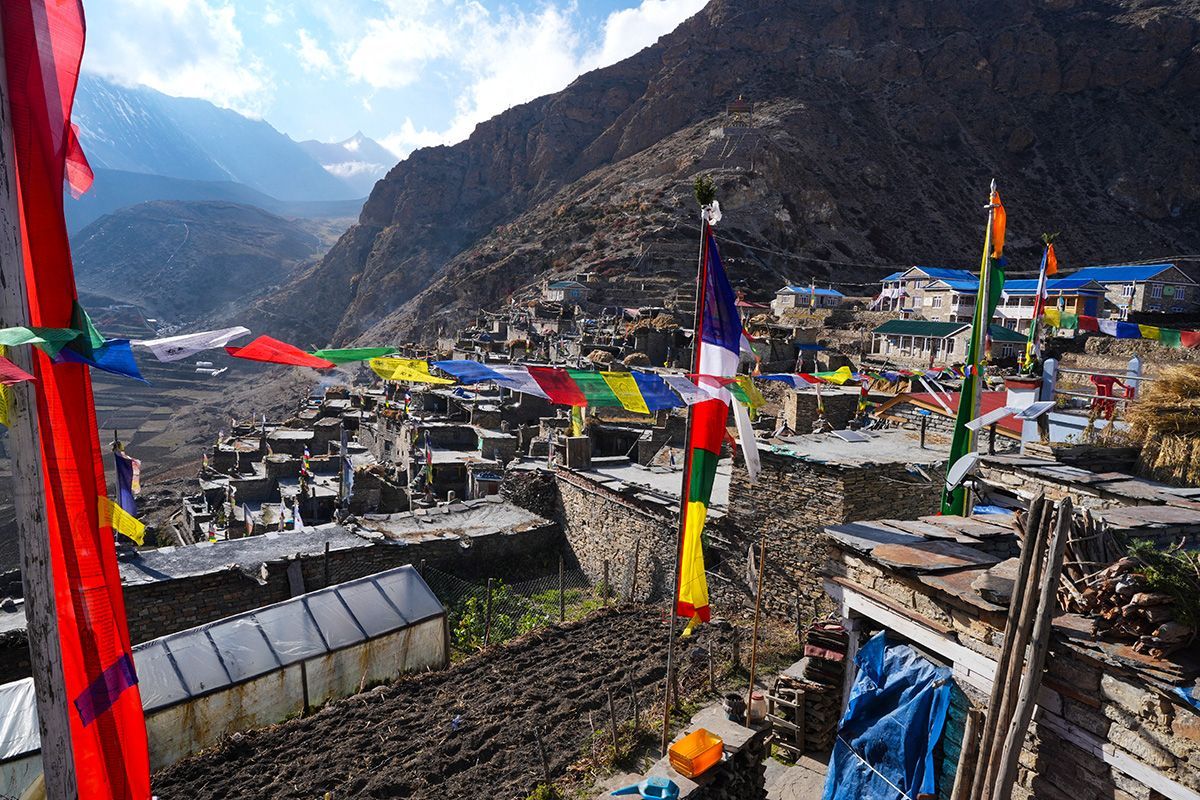
Phu Village, hidden in a remote bowl-shaped valley, is even more secluded than Nar, preserving its Tibetan heritage for over 1,000 years. Narrow stone streets wind through clustered clay-and-stone houses, set against a stunning backdrop of snow-capped peaks.
Life here revolves around yak herding, farming, and seasonal trade, with villagers cultivating wheat and potatoes on terraced fields. Despite its isolation, Phu thrives as a spiritual hub, with prayer wheels, mani walls, and daily Buddhist rituals.
A highlight of the village is Tashi Ghompa, a 700-year-old monastery perched on a hilltop. Trekkers can visit this sacred site to witness traditional ceremonies and experience the peaceful rhythms of Himalayan life.
The Ultimate Himalayan Scenery
The Nar Phu Trek is not just about culture—it’s also about breathtaking landscapes. The trek takes you through pine forests, alpine valleys, dramatic cliffs, and high mountain passes. Along the way, you’ll be rewarded with stunning views of Annapurna II, Pisang Peak, and Kangaru Mountain.
The highlight of the trek is crossing the Kang La Pass (5,310m), where you’ll be treated to a panoramic vista of over 30 Himalayan peaks, including the mighty Manaslu and Himlung Himal.
Why Choose the Nar Phu Trek?
The Nar Phu Trek offers an immersive 9-day journey through one of Nepal’s most untouched regions. Unlike the more crowded trekking routes in Nepal, Nar Phu remains an untouched paradise. This trek is perfect for adventurers looking for something different—a blend of raw Himalayan beauty, rich Tibetan culture, and an off-the-beaten-path experience.
Whether you’re looking for spiritual solitude, cultural immersion, or jaw-dropping mountain views, the Nar Phu Trek is an unforgettable Himalayan adventure.
Highlights:
- Jeep adventure from Kathmandu to Koto
- Trekking through forests, rivers, and waterfalls
- Exploring ancient villages and meeting friendly locals
- Witnessing stunning sunrises and sunsets over the Himalayas
- Crossing the dramatic Kang La Pass (5,310m)
- Ending the trek with an optional Manang or Annapurna Circuit extension
9-Day Itinerary
Day 1: Drive from Pokhara to Koto (2,600m / 8,530 ft) – 9 to 10 hours via Besisahar
Your journey begins with a scenic drive from Pokhara (820m / 2,690 ft) to Besisahar (825m / 2,707 ft), then continues along rough mountain roads to Koto (2,600m / 8,530 ft). The drive offers spectacular views of terraced fields, waterfalls, and lush green hills before reaching Koto, the gateway to the Nar Phu Valley.
Day 2: Trek from Koto to Meta (3,560m / 11,680 ft) – 8 to 9 hours
Crossing a suspension bridge, you’ll follow a narrow gorge through dense pine forests before reaching the open, arid landscapes of Meta (3,560m / 11,680 ft). This small village marks the start of the isolated Tibetan-influenced settlements in the valley.
Day 3: Trek from Meta to Phu (4,050m / 13,287 ft) – 8 to 9 hours
Today’s trek leads through desert-like terrain, passing chortens, caves, and abandoned settlements before reaching Phu (4,050m / 13,287 ft). This traditional Tibetan village offers stunning views of Himlung Himal and other peaks.
Day 4: Acclimatization & Exploration at Phu (4,050m / 13,287 ft); Optional Visit to Himlung Base Camp (4,000m / 13,123 ft)
A rest day to adjust to the high altitude. You can explore the Tashi Lhakhang Monastery, interact with the ethnic Tibetan communities, or hike to Himlung Himal Base Camp (4,000m / 13,123 ft) for incredible views.
Day 5: Trek from Phu to Nar Phedi (3,750m / 12,303 ft) – 7 to 8 hours
Retrace your steps and descend through rocky trails and canyons to Nar Phedi (3,750m / 12,303 ft), where a monastery provides basic accommodations and a chance to interact with Buddhist monks.
Day 6: Trek from Nar Phedi to Nar (4,150m / 13,615 ft) – 3 to 4 hours
A short but steep climb leads to Nar (4,150m / 13,615 ft), a beautiful village with stone houses, prayer flags, and traditional Tibetan architecture. This is your last stop before crossing Kang La Pass.
Day 7: Trek from Nar to Ngawal (3,675m / 12,057 ft) via Kang La Pass (5,306m / 17,408 ft) – 9 to 10 hours
The toughest yet most rewarding day! You’ll ascend Kang La Pass (5,306m / 17,408 ft), where breathtaking views of Annapurna II, Gangapurna, and Tilicho Peak await. A steep descent leads to Ngawal (3,675m / 12,057 ft), a charming village with great views.
Day 8: Trek from Ngawal to Chame (2,670m / 8,760 ft) – 7 to 8 hours
Descend through forests and terraced farmlands, passing small villages before reaching Chame (2,670m / 8,760 ft), the headquarters of Manang District.
Day 9: Drive from Chame to Besisahar (825m / 2,707 ft) – 4 to 5 hours, Continue to Pokhara (820m / 2,690 ft) – 5 to 6 hours
A scenic jeep ride takes you to Besisahar, followed by another drive back to Pokhara, where you can celebrate the completion of your off-the-beaten-path Himalayan adventure.
Best Seasons for the Nar Phu Trek
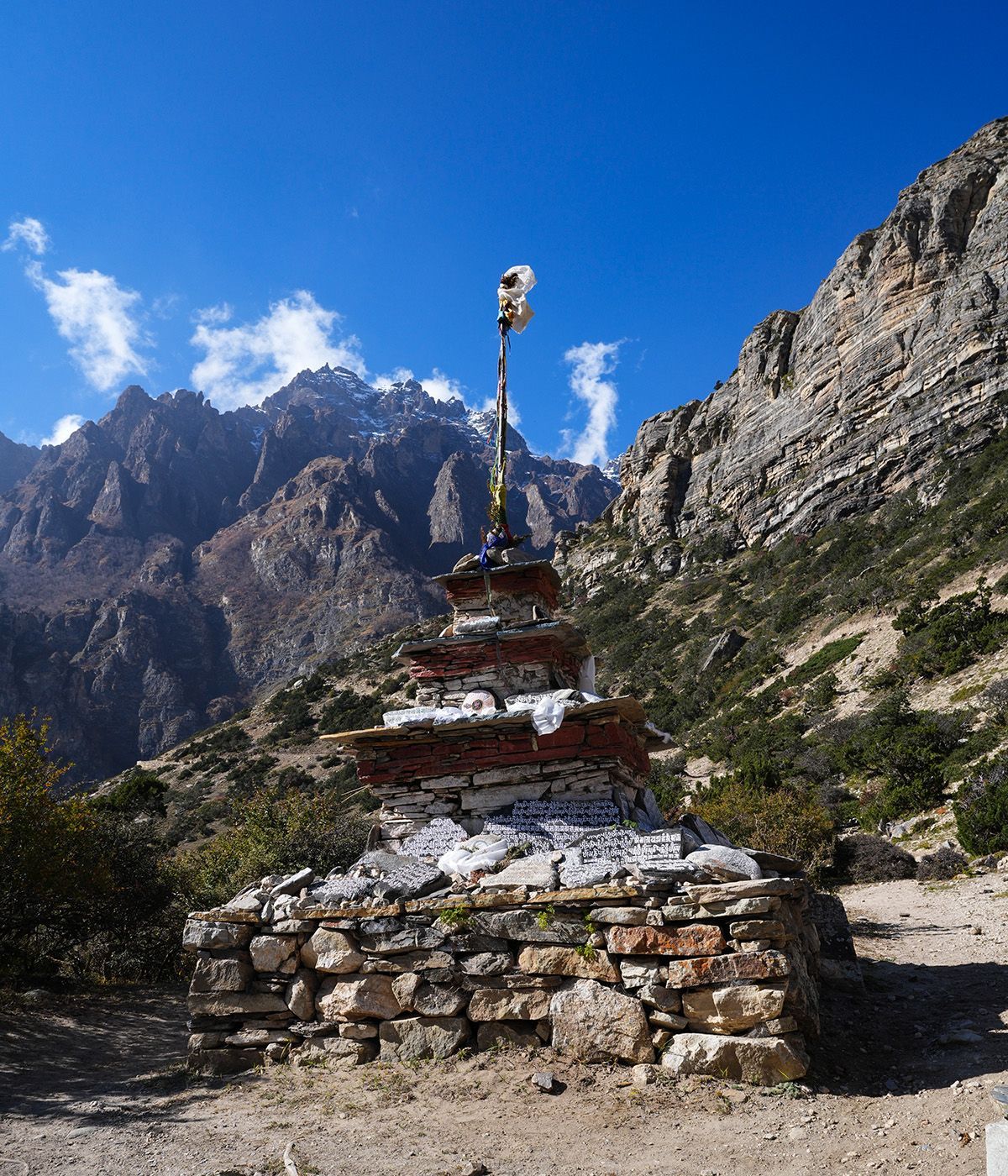
The ideal seasons for the Nar Phu Trek are spring (March–May) and autumn (September–November) when the weather is stable, and the views are breathtaking. These months offer the best conditions for trekking, ensuring clear skies, manageable temperatures, and safe trails.
Spring (March–May) is the best time to witness blooming landscapes. The temperatures are mild, and the skies remain clear, making trekking comfortable and enjoyable. As the snow melts, the valleys come alive with rhododendron blossoms and lush greenery, adding vibrant colors to the Himalayan landscape. The weather during this season is ideal for crossing Kang La Pass (5,310m) without extreme cold, making it a preferred time for trekkers looking for both scenic beauty and favorable trekking conditions.
Autumn (September–November) is perfect for those seeking crystal-clear mountain views. The weather remains dry and stable, with warm days and cool nights, creating excellent trekking conditions. The skies are deep blue, offering panoramic mountain views of the Annapurna and Manaslu ranges. This season is also culturally significant, as many locals return from lower altitudes to prepare for winter, allowing trekkers to witness authentic village life and local festivals.
Winter (December–February) presents a challenging but serene trekking experience. The temperatures drop significantly, and heavy snowfall can occur at higher elevations, making some trails more difficult to navigate. Trekking during this time is possible but requires proper gear, experience, and the ability to handle extreme cold. However, for those who seek solitude and untouched snow-covered landscapes, winter provides a remote and peaceful adventure with fewer trekkers on the trail.
Monsoon (June–August) is not recommended for trekking in Nar Phu. Heavy rainfall makes the trails slippery, increasing the risk of landslides and flooding in some areas. The cloudy skies obstruct mountain views, and the humid conditions bring leeches and muddy paths, especially in lower-altitude sections of the trek. Due to the unpredictable weather and challenging trail conditions, monsoon is the least favorable time for trekking in this region.
Physical Condition Required for the Nar Phu Trek
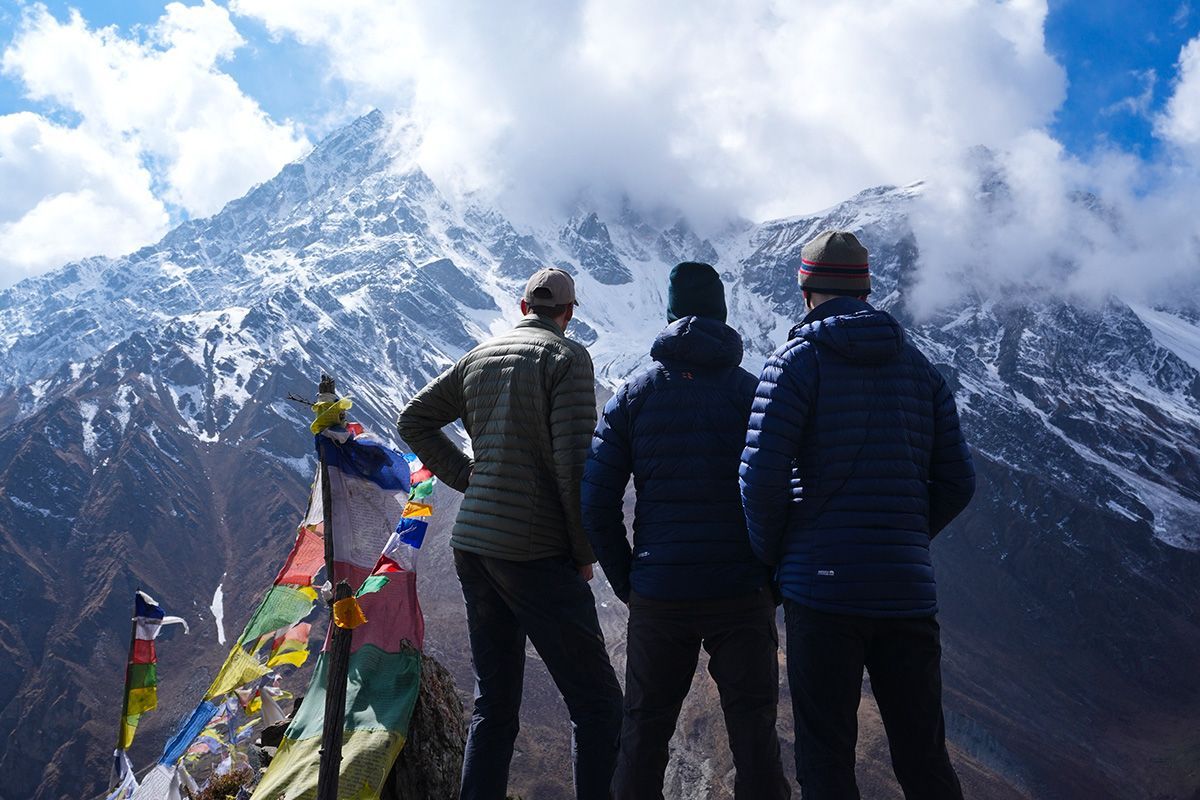
The Nar Phu Trek is a demanding high-altitude adventure requiring good physical fitness. While not technically difficult, the long trekking days, steep ascents, and elevations over 5,000m make endurance and strength essential.
Trekkers should be prepared for 6–8 hours of hiking per day on rugged trails, with continuous uphill climbs, especially when crossing Kang La Pass (5,310m). Cardiovascular endurance from activities like running, cycling, or swimming helps build stamina, while strength training for the legs and core prepares for steep sections. Trekking poles reduce knee strain on descents.
At high altitudes, acclimatization is crucial to avoid altitude sickness. Prior hikes above 3,000m can help, along with gradual ascent, hydration, and rest days. Trekkers should also have good balance and coordination, as some sections feature narrow trails and suspension bridges.
Beyond fitness, mental strength is key. The remote location, changing weather, and long days can be challenging, but determination and a positive mindset make the journey truly rewarding. With the right preparation, trekkers can enjoy one of Nepal’s most breathtaking and culturally rich experiences.
Plan Your Nar Phu Trek With Us!
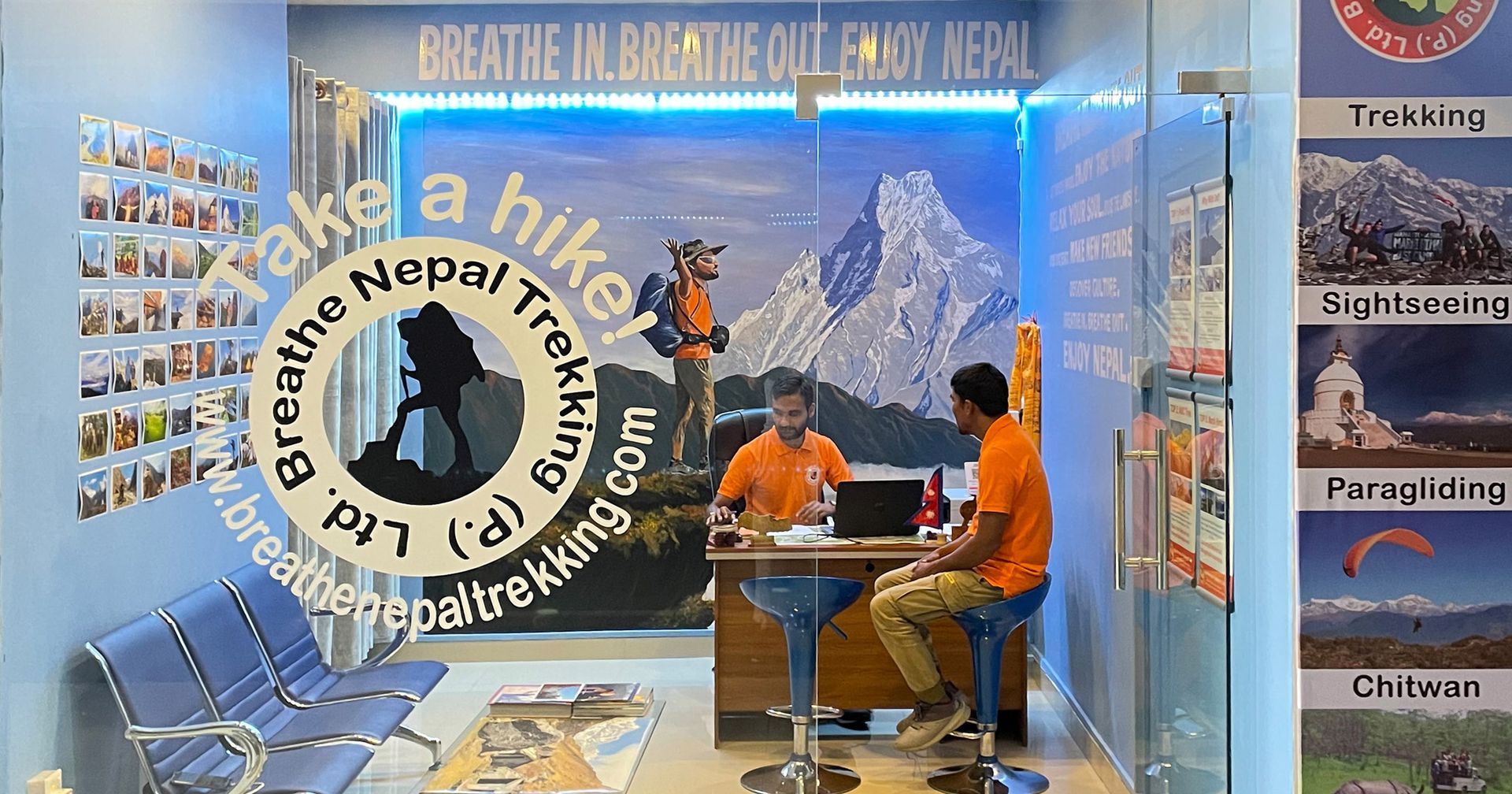
Are you ready to explore the hidden wonders of Nar and Phu? Contact us today, and we’ll prepare a customized trekking offer tailored to your needs. Whether you’re a solo traveler, a couple, or a group, we’ll make sure your journey to Nar Phu is an unforgettable experience
